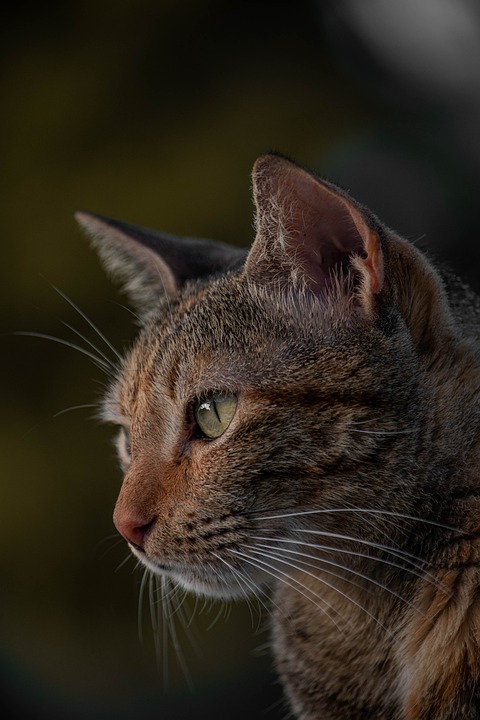Ringworm is a common fungal infection that affects cats, caused by various species of dermatophyte fungi. Despite the name, ringworm is not caused by a worm but rather by these microscopic fungi that thrive on the surface of the skin and hair follicles. Understanding the causes of ringworm in cats is crucial to prevent its spread and ensure effective treatment.
Ringworm is highly contagious and can easily spread among cats. The most common modes of transmission include direct contact with an infected cat or indirect contact with contaminated objects such as bedding, grooming tools, or even furniture. The fungi responsible for ringworm can survive in the environment for several months, making it important to take appropriate measures to prevent its spread.
Identifying the symptoms of ringworm is essential for early detection and prompt treatment. Although the appearance of ringworm lesions can vary, the most common signs include circular or irregularly shaped patches of hair loss, scaly or crusty skin, and in some cases, redness or inflammation. Cats with ringworm may also experience itchiness, which can lead to excessive scratching.
Treating ringworm in cats requires a comprehensive approach to eliminate the fungal infection and prevent its recurrence. Topical or oral antifungal medications are commonly prescribed to treat ringworm in cats. These medications work by killing the fungi causing the infection and promoting the regrowth of healthy skin and hair.
Thorough cleaning and decontamination of the cat’s environment are crucial to prevent reinfection and further spread. This includes disinfecting bedding, grooming tools, and any other potentially contaminated objects. Infected cats should be kept separate from healthy ones to prevent transmission. Isolating the infected cat and following strict hygiene practices when handling them can significantly reduce the risk of spreading ringworm.
Strengthening the cat’s immune system can aid in combating ringworm. Providing a balanced diet, regular exercise, and immune-boosting supplements can help improve the cat’s overall health and speed up the recovery process.
Here are some frequently asked questions about ringworm in cats:
1. Can humans contract ringworm from cats?
– Yes, ringworm is zoonotic, meaning it can be transmitted between animals and humans. Close contact with an infected cat or contaminated objects can lead to ringworm in humans. Proper hygiene practices and wearing protective gloves when handling infected cats are essential to prevent transmission to humans.
2. How long does it take for ringworm to clear up in cats?
– The duration of ringworm treatment can vary depending on the severity of the infection and the chosen treatment method. Typically, treatment can last anywhere from several weeks to a few months. Regular veterinary check-ups and following the prescribed treatment plan are crucial for successful resolution.
3. Can cats with ringworm live with other pets?
– It is strongly recommended to separate infected cats from other pets to prevent the spread of ringworm. The fungi responsible for ringworm can easily transfer to other animals, leading to a new cycle of infection. Isolating the infected cat until they are cleared of ringworm is essential.
In conclusion, understanding the causes, contagion, and effective treatment methods for ringworm in cats is crucial for cat owners and veterinarians alike. By promptly recognizing the symptoms, seeking veterinary care, and following the prescribed treatment plan, cat owners can ensure a speedy recovery and minimize the risk of spreading this contagious fungal infection.








